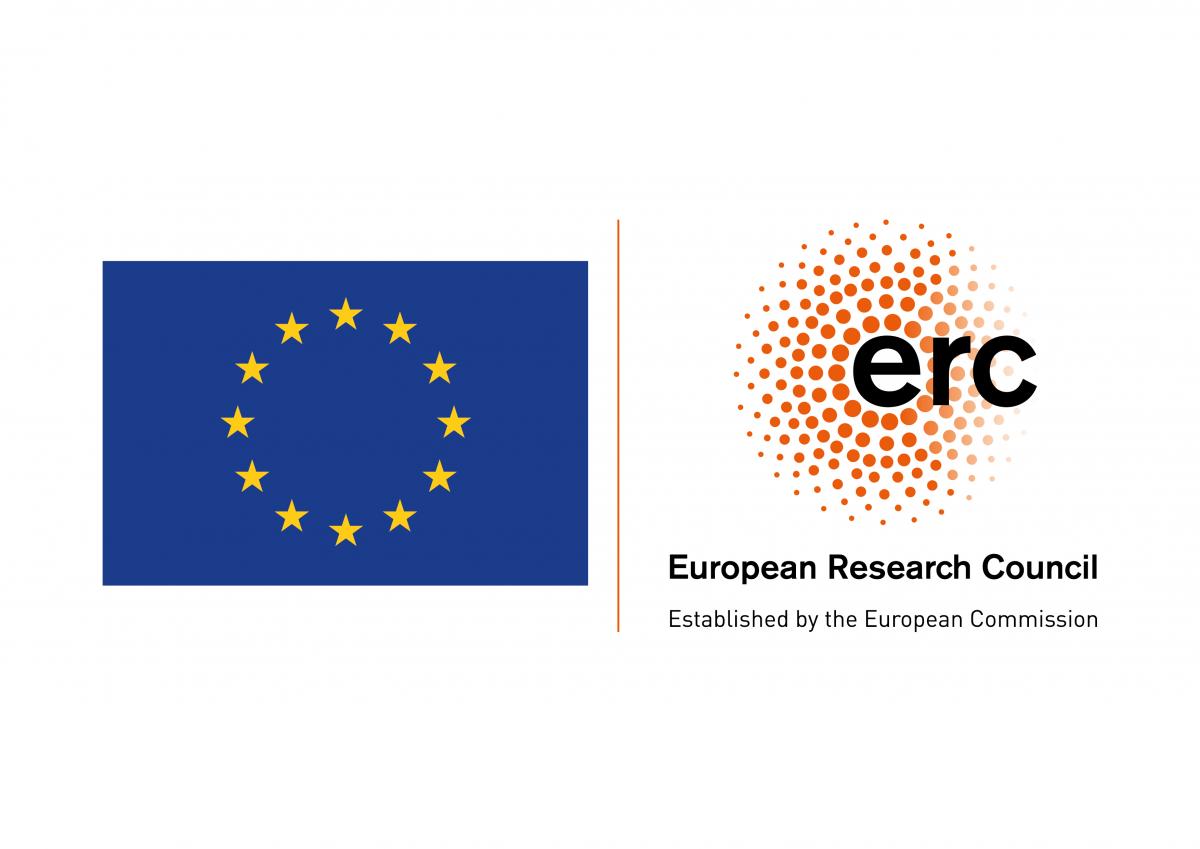QUEST Website
This repository contains the QUEST database, and a web application to plot statistical indicators. The web app is built using the hugo static website generator with the beautifulhugo theme.
All the data are stored in the static/data directory.
Requirements
Quick start
To clone this website and use it locally, run the following commands.
git clone --recurse-submodules https://github.com/LCPQ/QUESTDB_website/
cd QUESTDB_website
make serve
Now you can use your browser to navigate to the website using the URL given by Hugo in your terminal (http://localhost:1313/QUESTDB_website/)
The QUEST database
The QUEST website has been designed to gather and analyze the
highly-accurate vertical excitation energies produced by the QUEST
project. The QUEST
database contains more than 470 accurate vertical excitation energies
of various natures (\pi \to \pi^{*}, n \to \pi^{*}, double
excitation, Rydberg, singlet, doublet, triplet, etc) for small- and
medium-sized molecules. These values have been obtained using a
combination of high-order coupled cluster and selected configuration
interaction calculations using increasingly large diffuse basis sets.
One of the key aspect of the QUEST dataset is that it does not rely on
any experimental values, avoiding potential biases inherently linked
to experiments and facilitating in the process theoretical cross
comparisons. Following this composite protocol, we have been able to
produce theoretical best estimates (TBEs) with the aug-cc-pVTZ basis
set, as well as basis set corrected TBEs (i.e., near the complete
basis set limit) for each of these transitions. Thanks to the present
website, one can easily test and compare the accuracy of a given
method with respect to various variables such as the molecule size or
its family, the nature of the excited states, the size of the basis
set, etc.
Bug reports
Please report problems/bugs on the GitHub issue tracker.
Licenses
This QUESTDB database is made available under the Open Database License: http://opendatacommons.org/licenses/odbl/1.0/. Any rights in individual contents of the database are licensed under the Database Contents License: http://opendatacommons.org/licenses/dbcl/1.0/
The web application is made available under the BSD 3-clause license.
 This project has received funding from the [European Research Council (ERC)](https://erc.europa.eu)
under the European Union's Horizon 2020 research and innovation programme (Grant agreement No. 863481).
This project has received funding from the [European Research Council (ERC)](https://erc.europa.eu)
under the European Union's Horizon 2020 research and innovation programme (Grant agreement No. 863481).